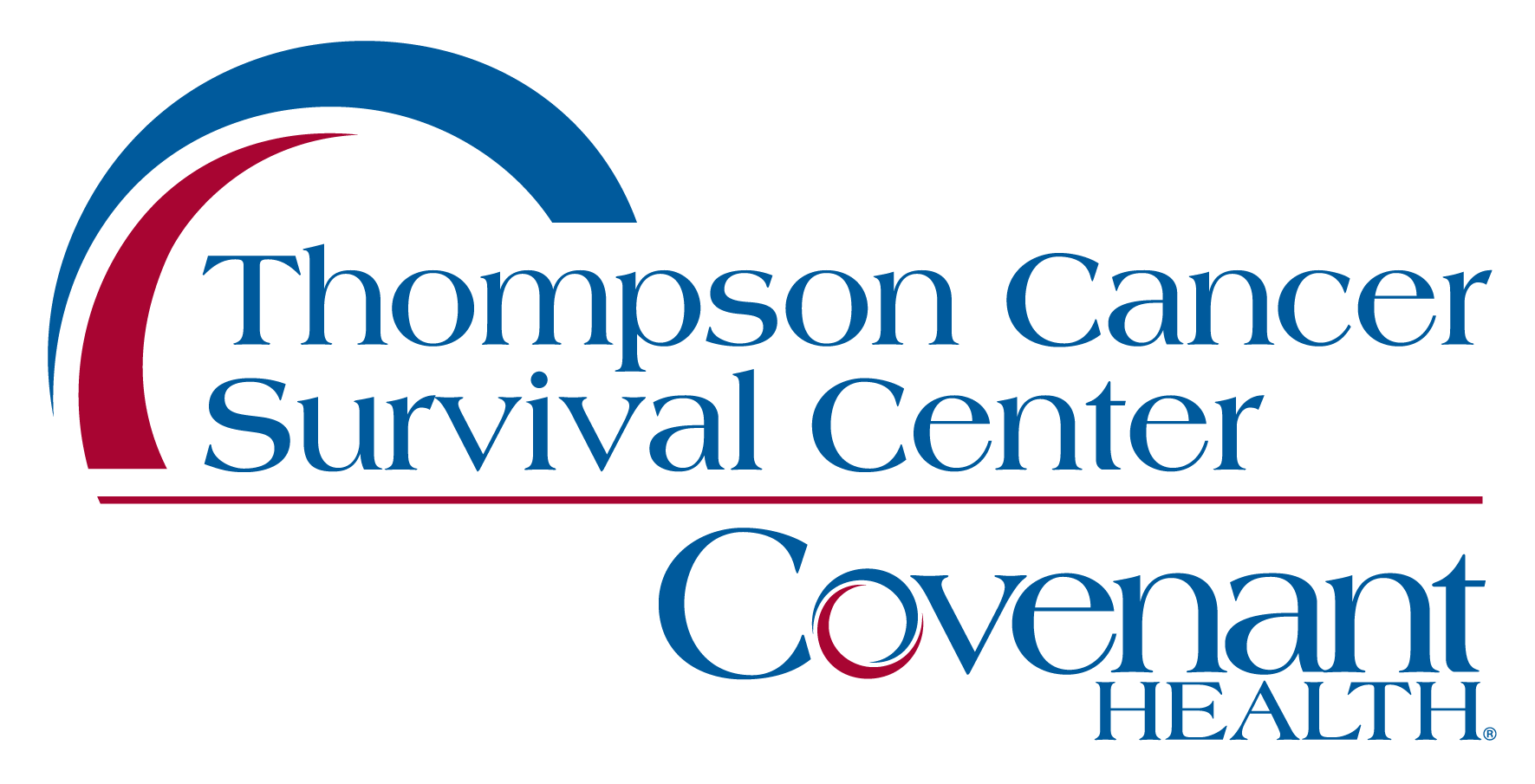Breast Cancer Treatment

Breast cancer is usually treated with a combination of therapy types. Treatment may be local (such as surgery and radiation) which treat only a specific part of the body, or systemic (such as chemotherapy and hormone therapy) which work throughout the body.
Surgery
- Breast-sparing surgery is often chosen for Stage 0 Ductal Carcinoma In Situ and Stage I and Stage II breast cancer. In this procedure the surgeon removes the tumor, and, frequently the lymph nodes under the arm and the chest lining under the tumor.
- Mastectomy is often chosen for Stage I, Stage II, Stage IIIA and operable Stage IIIC breast cancer. In a simple mastectomy the surgeon removes the entire breast and, possibly, some lymph nodes under the arm. In a radical mastectomy the entire breast, most of the lymph nodes under the arm and, often, the lining over the chest muscle and the muscle over the lymph nodes are removed.
- Bilateral mastectomy is the removal of both breasts. This may be done because both have cancer. In some cases women with lobular carcinoma In Situ, the breast cancer of the lobes or lobules, choose bilateral mastectomy because of the increased chance of developing cancer in both breasts.
- Breast Reconstruction – Some women who have mastectomies chose to have the breast surgically rebuilt. The reconstruction surgery can be done at the same time as the mastectomy or later. In either case, the plastic surgeon who will do the breast reconstruction surgery should be part of the original treatment-planning team.
Radiation Therapy
- Radiation therapy is used along with or in place of surgery in treating breast cancer. In some cases radiation is used to shrink tumors before surgery. In others, it is used to destroy cancer cells that might be left behind after surgery. Occasionally radiation therapy replaces surgery entirely.
- Breast Conservative Treatment
The radiation therapy for breast conservation treatment of early-stage breast cancer fights cancer as effectively as a total mastectomy and preserves the breast. The treatment is more accurate and effective with 3-D treatment planning in which 3-D computer models are used to predict and reduce possible uncomfortable or unattractive skin reactions before treatment begins.
The three-dimensional treatment planning technique was pioneered at Thompson in 1996. Since then Thompson physicians and physicists have generated more than 5,000 3-D treatment plans, and have helped improve the accuracy of 3-D treatment planning software.
- TomoTherapy
The TomoTherapy Hi-Art2® hybrid CT/linear accelerator system combines treatment planning, patient positioning and treatment delivery in a single unit.
The TomoTherapy Hi-Art System’s® on-board CT scanner precisely maps the tumor immediately before each dose is delivered to determine any changes in the patient’s position or the position or shape of the tumor. Then the system adjusts the planning to get an ideal match.
TomoTherapy’s helical delivery system delivers radiation in literally thousands of precise beams in a 360° spiral pattern around the patient. So the tumor receives the planned dosage with minimum damage to surrounding healthy tissue.
TomoTherapy is a new radiation therapy technology which has pioneered at Thompson downtown. The world’s first breast cancer patient treated with TomoTherapy was treated at Thompson.
- IMRT
Thompson Cancer Survival Center was one of the first facilities in the world to treat patients with intensity modulated radiation therapy. Since 1998 more than 1,000 patients have received IMRT treatment at Thompson. Now both Thompson Downtown and Thompson at Methodist offer this treatment. In IMRT the multileaf collimator reshapes the treatment field between individual doses of radiation, so the beam is matched to the shape of the tumor from all angles.
- Mammosite®
Thompson Cancer Survival Center is the only facility in the area credentialed by the Radiation Therapy Oncology Group for Mammosite® partial breast irradiation. This post-lumpectomy outpatient procedure minimizes radiation to healthy tissue and has achieved good or excellent cosmetic results in 88% of patients.
Chemotherapy
Chemotherapy is sometimes used to treat breast cancer. It is often used to prevent breast cancer from spreading or to fight cancer that has already spread to other parts of the body, and/or to shrink tumors before surgery.
Hormone Therapy
Some breast cancer needs the hormones estrogen and progesterone in order to grow. When laboratory tests show that a breast tumor has hormone receptors treatments to block the body’s production of hormones may be considered.
Drugs
Drugs such as tamoxifen block estrogen production. Aromatase inhibitors block the production of estradiol, a form of estrogen.
Surgery
Since estrogen is principally produced in the ovaries, women who have not gone through menopause may have their ovaries surgically removed to stop estrogen production.
Biological Therapy
Breast tumors with high levels of the protein HER2 may be given a monoclonal antibody to bind to cancer cells and use the body’s immune system to fight them.

